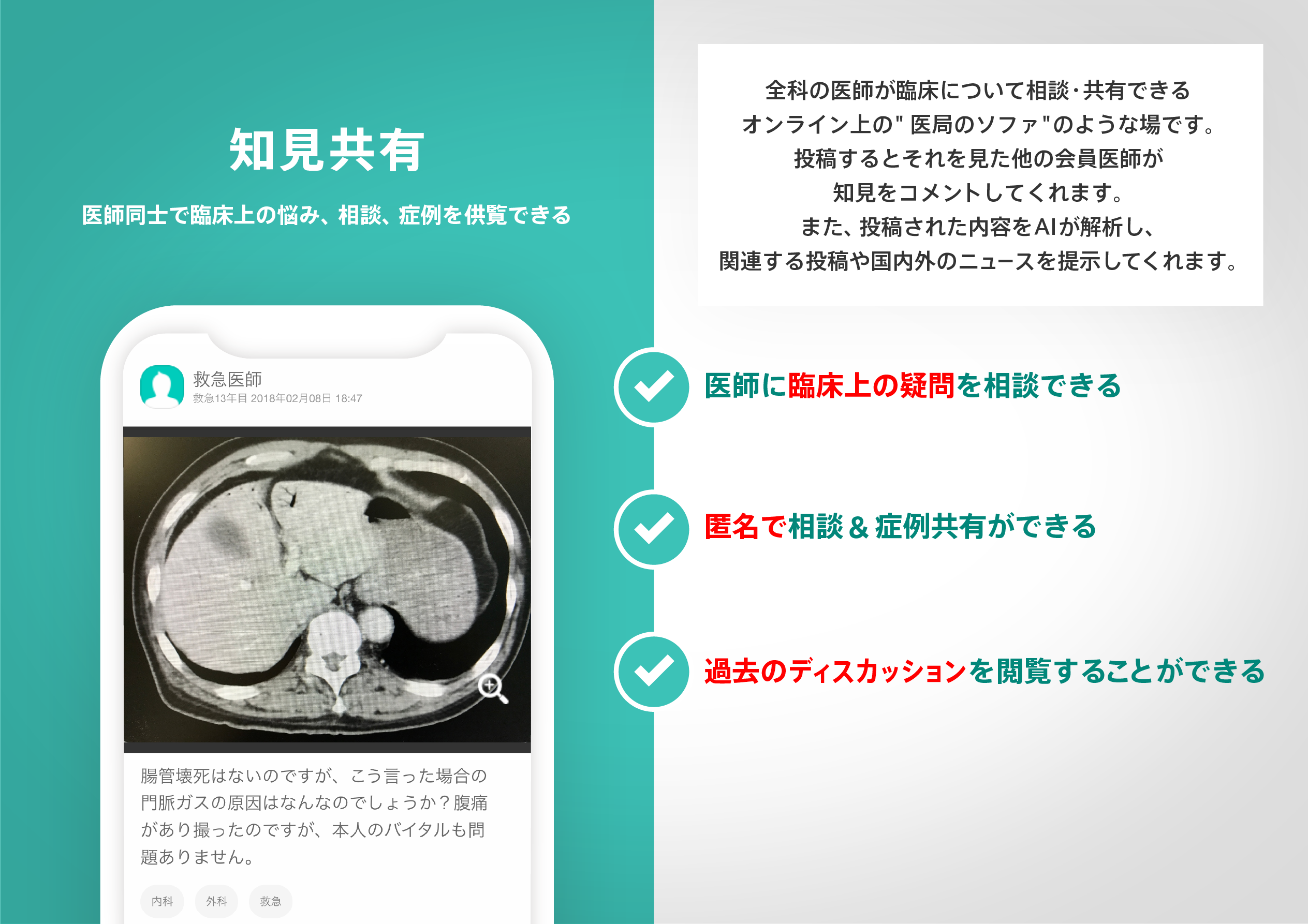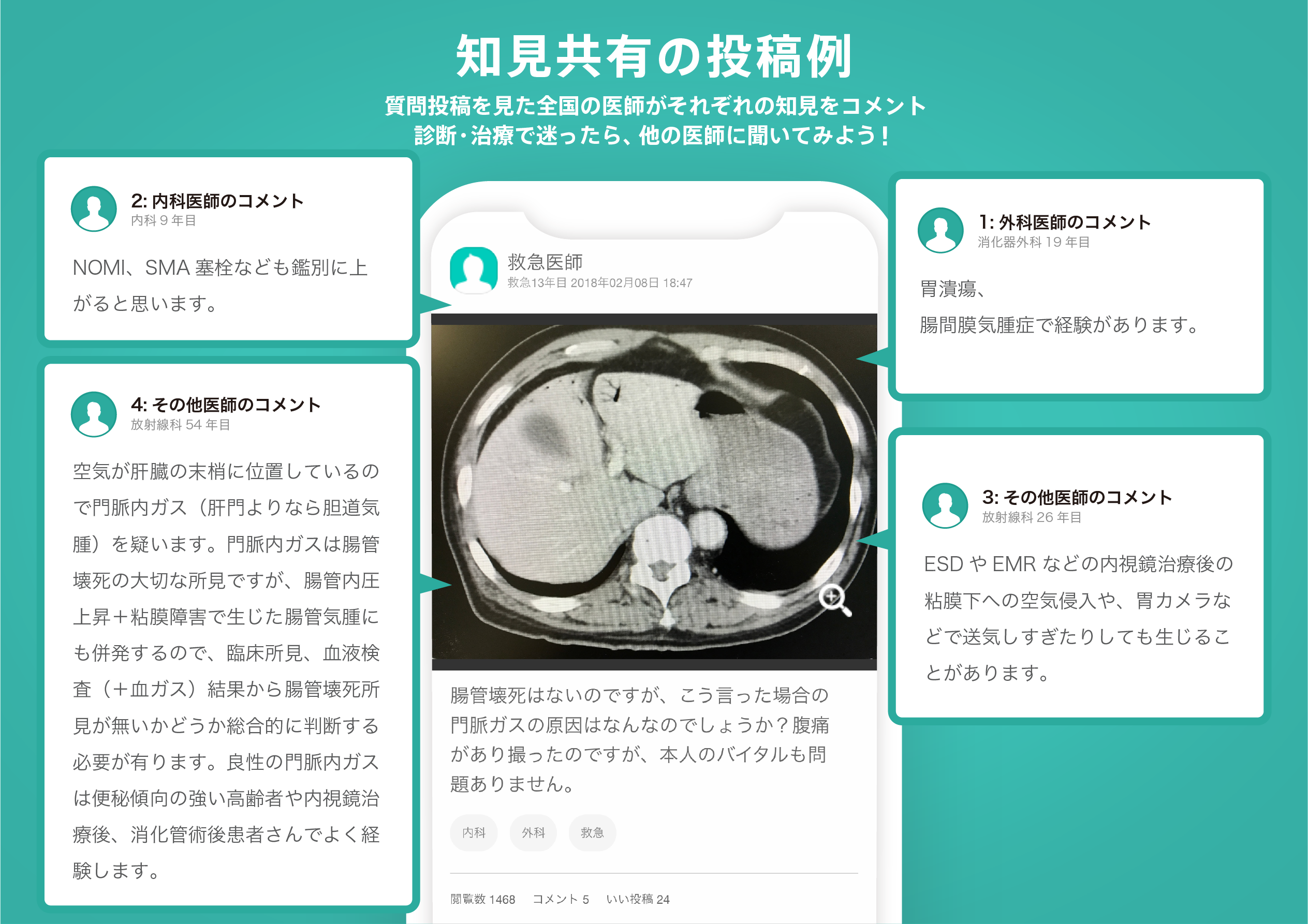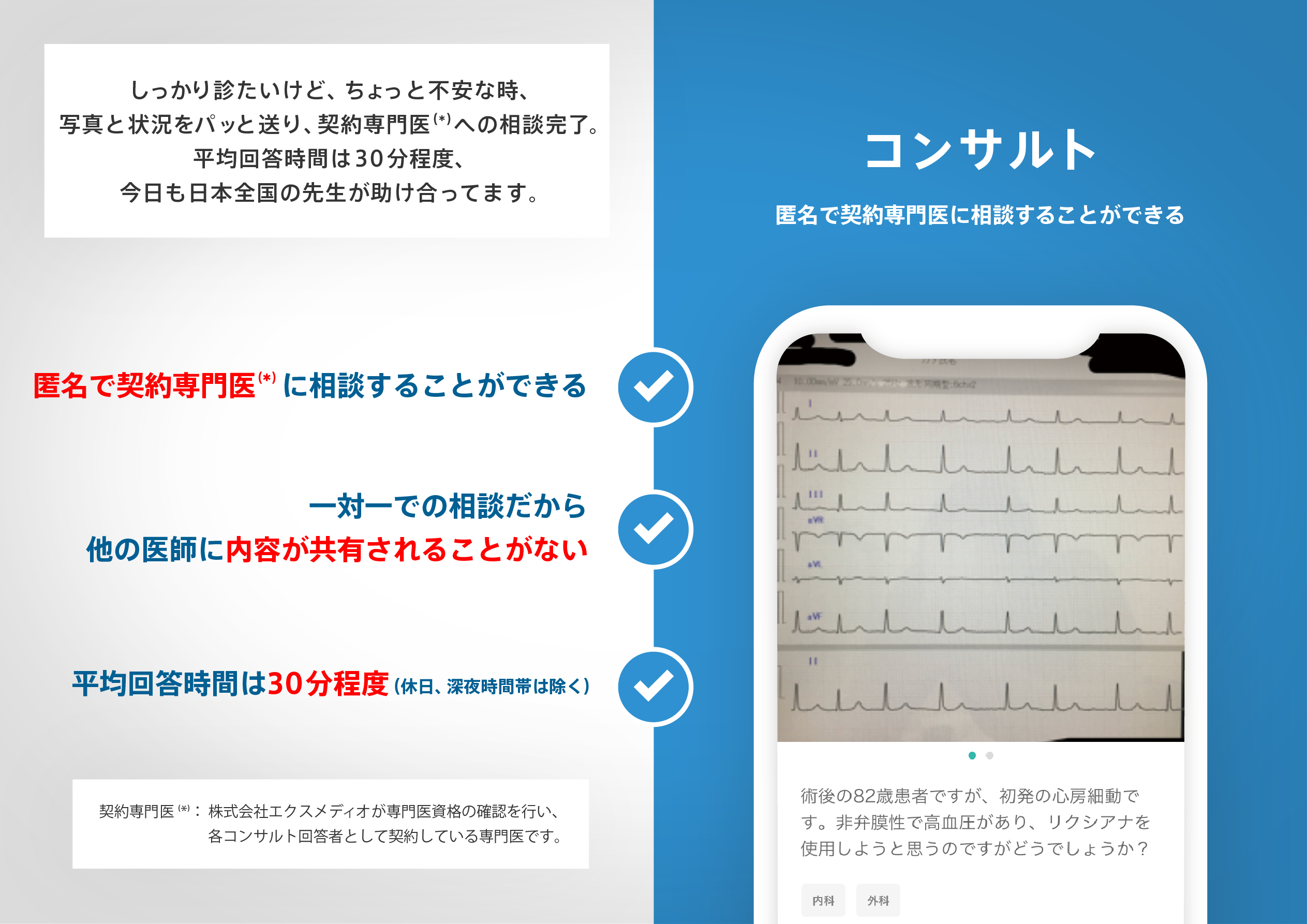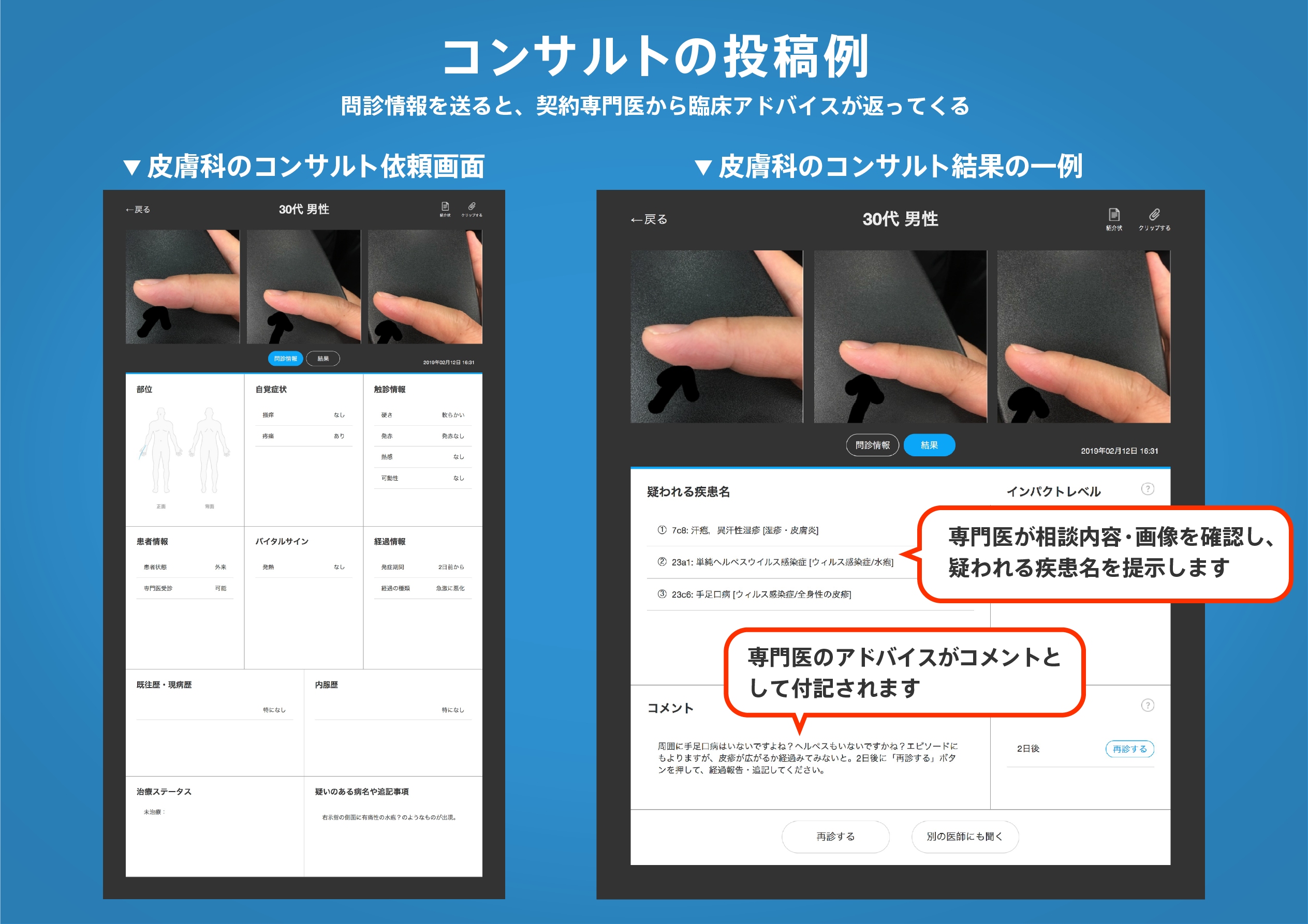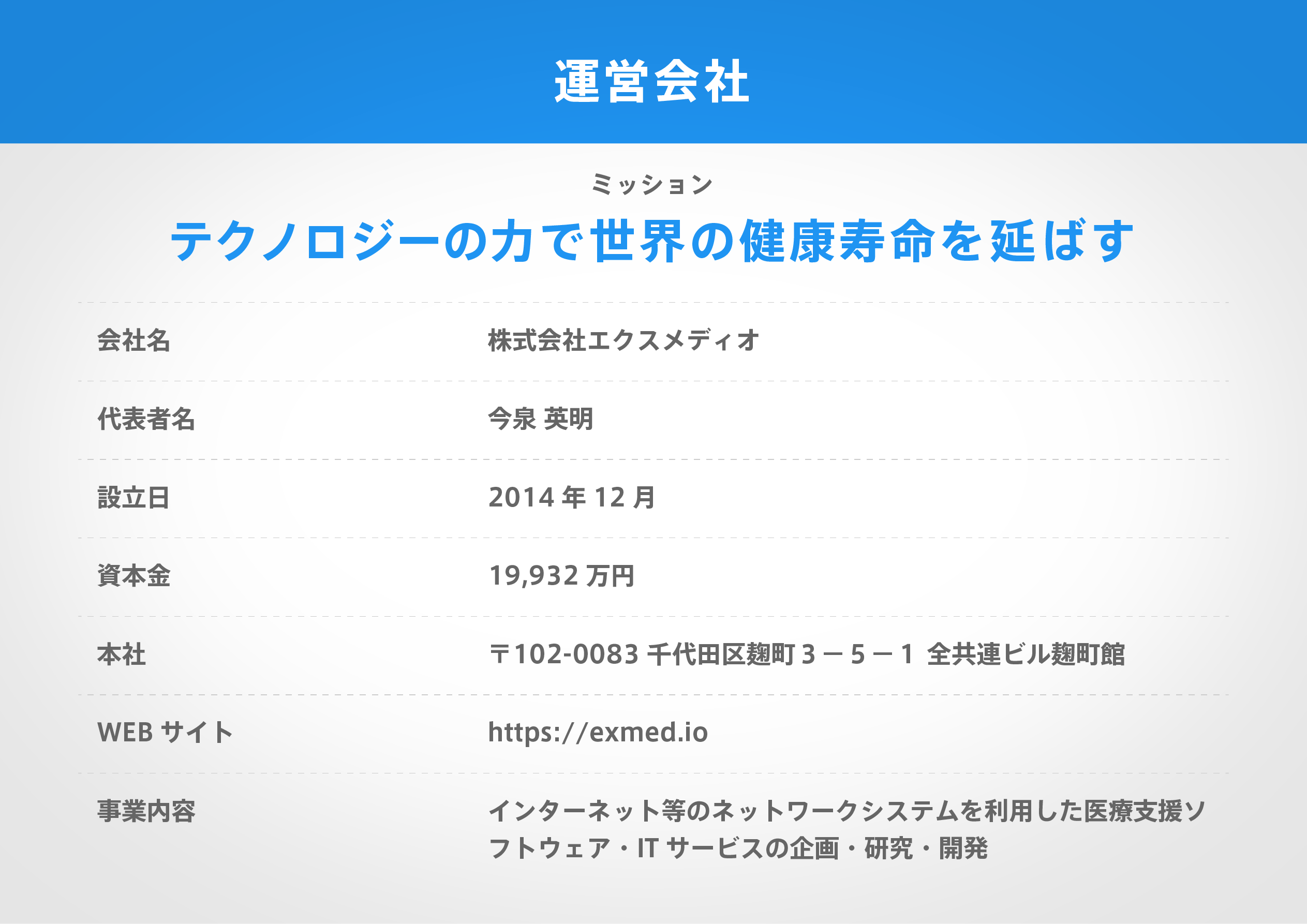著名医師による解説が無料で読めます
すると翻訳の精度が向上します
Sneddon症候群はまれで非炎症性血管障害であり、一般に人生の30年から40年に発生しますが、小児集団にはめったに存在しない可能性があります。Livedo Racemosaと再発性虚血性脳卒中の皮膚発見によって特徴付けられます。他の一般的な神経学的症状には、片頭痛および早期認知機能の低下が含まれます。これは、全身性エリテマトーデス(SLE)および抗リン脂質抗体に関連している可能性があります。または、この場合のように、血栓症と自己免疫の精密検査は陰性である可能性があります。Sneddon症候群の最適な治療法は不明です。ここでは、18歳の女性の症例を報告します。3年の歴史は、急性発現性失語症を呈し、虚血性脳卒中と磁気共鳴イメージングの以前の脳卒中の証拠を持っていることが判明した3年間の歴史を示しています。(MRI)。脳卒中の自己免疫と有酸素ボリックの原因が除外されました。Livedo Racemosaの発見と再発性脳卒中の証拠を考慮して、彼女はSneddon症候群と診断されました。5年前、彼女はフライベルク病と診断されていました。これは、第2中足骨頭の血管壊死であり、スネドン症候群の最初の症状であった可能性があります。これは、Sneddon症候群に関連するフリベルク病の最初の報告です。この論文は、小児集団の脳卒中のまれな原因と、スネドン症候群に関連する血管壊死の最初の報告を強調しています。Sneddon症候群のいくつかの症状は、年ごとに脳卒中に先行する可能性があります。これらの機能を認識することで、一次脳卒中予防の採用が可能になる場合があります。
Sneddon症候群はまれで非炎症性血管障害であり、一般に人生の30年から40年に発生しますが、小児集団にはめったに存在しない可能性があります。Livedo Racemosaと再発性虚血性脳卒中の皮膚発見によって特徴付けられます。他の一般的な神経学的症状には、片頭痛および早期認知機能の低下が含まれます。これは、全身性エリテマトーデス(SLE)および抗リン脂質抗体に関連している可能性があります。または、この場合のように、血栓症と自己免疫の精密検査は陰性である可能性があります。Sneddon症候群の最適な治療法は不明です。ここでは、18歳の女性の症例を報告します。3年の歴史は、急性発現性失語症を呈し、虚血性脳卒中と磁気共鳴イメージングの以前の脳卒中の証拠を持っていることが判明した3年間の歴史を示しています。(MRI)。脳卒中の自己免疫と有酸素ボリックの原因が除外されました。Livedo Racemosaの発見と再発性脳卒中の証拠を考慮して、彼女はSneddon症候群と診断されました。5年前、彼女はフライベルク病と診断されていました。これは、第2中足骨頭の血管壊死であり、スネドン症候群の最初の症状であった可能性があります。これは、Sneddon症候群に関連するフリベルク病の最初の報告です。この論文は、小児集団の脳卒中のまれな原因と、スネドン症候群に関連する血管壊死の最初の報告を強調しています。Sneddon症候群のいくつかの症状は、年ごとに脳卒中に先行する可能性があります。これらの機能を認識することで、一次脳卒中予防の採用が可能になる場合があります。
Sneddon syndrome is a rare, non-inflammatory vasculopathy that generally occurs in the third to fourth decade of life but may rarely present in the pediatric population. It is characterized by the skin finding of livedo racemosa and recurrent ischemic strokes. Other common neurologic manifestations include migraine and early cognitive decline. It may be associated with systemic lupus erythematosus (SLE) and antiphospholipid antibodies, or as in our case, thrombophilia and autoimmune workup may be negative. Optimal treatment for Sneddon syndrome is unknown. Here we report the case of an 18-year-old female, with a 3-year history of livedo racemosa and migraines, who presented with acute expressive aphasia and was found to have an ischemic stroke and an evidence of prior strokes on magnetic resonance imaging (MRI). Autoimmune and cardioembolic causes of stroke were ruled out. Given the findings of livedo racemosa and evidence of recurrent strokes, she was diagnosed with Sneddon Syndrome. Five years earlier, she had been diagnosed with Freiberg disease, which is the avascular necrosis of the second metatarsal head and was likely her first symptom of Sneddon syndrome. This is the first report of Freiberg disease associated with Sneddon syndrome. This paper highlights a rare cause of stroke in the pediatric population as well as the first report of avascular necrosis associated with Sneddon syndrome. Several manifestations of Sneddon syndrome can precede strokes by years. An awareness of those features may allow for the adoption of primary stroke prevention.
医師のための臨床サポートサービス
ヒポクラ x マイナビのご紹介
無料会員登録していただくと、さらに便利で効率的な検索が可能になります。


